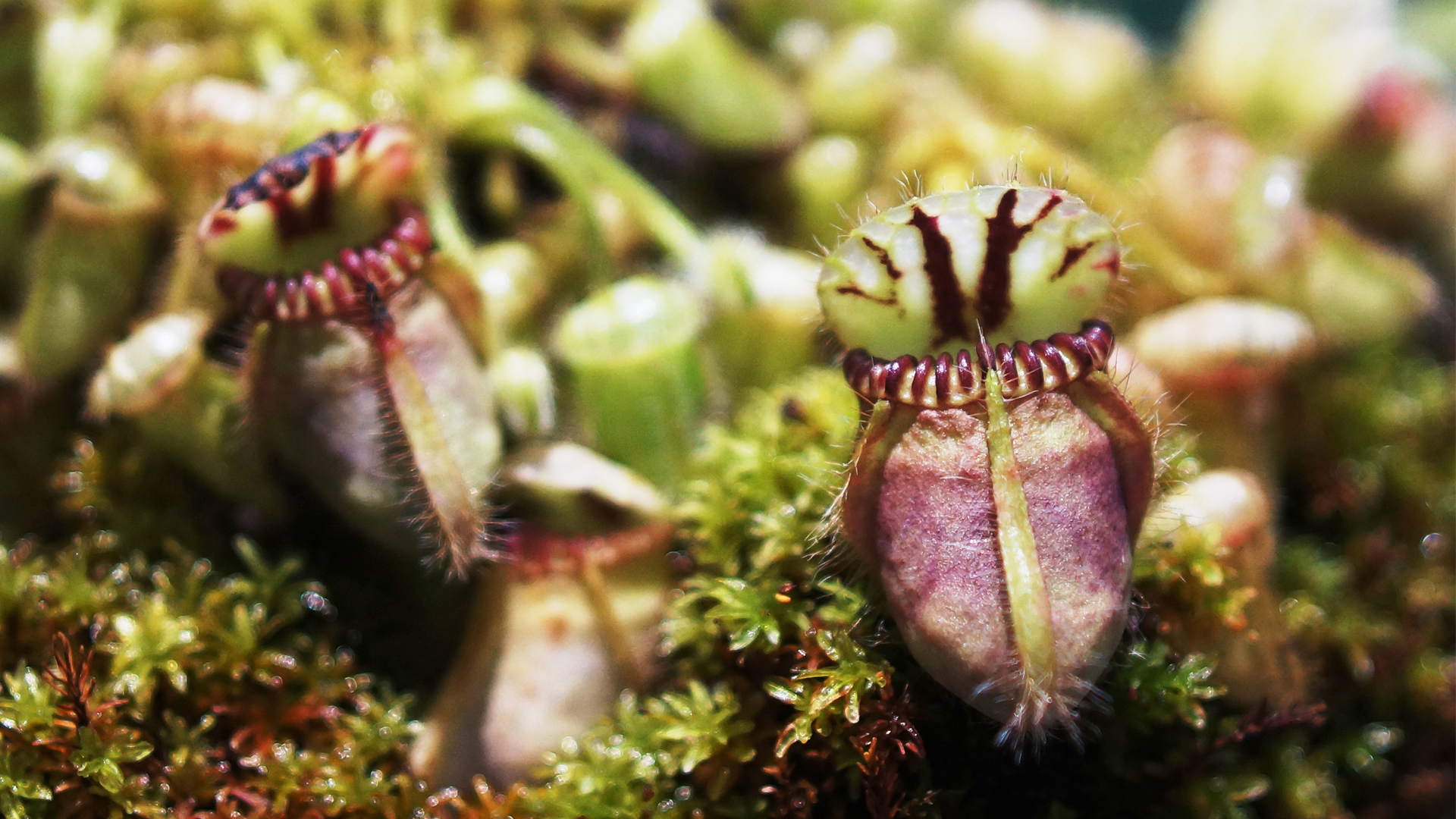The Venus Flytrap and the Pitcher Plant are two of the most famous carnivorous plants. While both have unique ways of capturing prey, the Pitcher Plant is more lethal to insects than the Venus Flytrap. The Venus Flytrap closes its leaves around prey, which are then dissolved and consumed, while the Pitcher Plant traps insects in a sticky juice within its pitcher-shaped leaves. The Pitcher Plant is also more effective at absorbing nutrients from the insects it traps, and its digestive enzymes are powerful enough to digest small frogs, rodents, and birds. In conclusion, the Pitcher Plant is the more deadly of the two carnivorous plants.
Venus Flytrap vs. Pitcher Plant: Which Carnivorous Plant is more Deadly?
Introduction
Carnivorous plants have always been a source of intrigue and fascination for people since time immemorial. Out of all the famous species, Venus Flytrap and Pitcher Plant are the most widely known and features among houseplants around the world. While both plants have unique ways of capturing their prey, some fundamental differences set them apart. However, the question stands, which carnivorous plant is more lethal?
Appearance and Habitat
Venus Flytrap – this carnivorous plant is native to North and South Carolina’s subtropical wetlands. The plant is considerably smaller, with a height of about 5 to 6 inches tall with green leaves, and three-pronged cilia. The Venus flytrap flowers in the summer sending up a cylindrical stalk that contains many white flowers. Like all carnivorous plants, this one grows in acidic soil.
Pitcher Plant – The Pitcher Plant is generally found in the wetlands of Southeast Asia and North America. The plant’s most characteristic feature is the pitcher-shaped leaves that are designed to collect water and trap insects. They grow in nutrient-poor soil and have evolved to obtain food by being carnivorous plants. They come in a wide range. Their colors vary from green to purple, with some plants sporting spots, veins, and stripes of different hues.
Feeding Mechanism
Venus Flytrap – when an insect lands on the Venus flytrap’s cilia, it triggers sensory hairs, causing the leaf’s lobes to close around the prey like a clam. The insect becomes trapped inside, and the leaf secretes a digestive fluid to dissolve and consume its meal.
Pitcher Plant – the pitcher shape of the plant leaves forms a natural trap for insects. When an insect lands inside the pitcher to collect pollen, the sticky juice within captures them, and they drown. Digestive enzymes within the liquid break down the trapped insect over time, and the plant finally absorbs the nutrients.
Effectiveness
Venus Flytrap – Venus flytrap is an impressive predator, but its effectiveness is limited. Its trap can only be used once, and the amount of nitrogen it absorbs from each meal is relatively small.
Pitcher Plant – Pitcher Plant, on the other hand, is a versatile and highly efficient predator. A single plant can take in and digest a large number of insects.
Deadliness
Venus Flytrap – Although Venus Flytrap’s hinged leaves can injure small creatures such as bugs and slugs, they are not fatal to humans.
Pitcher Plant – The digestive enzymes in Pitcher Plant are significantly powerful, and as a result, some species have been known to digest small frogs, rodents, and even birds.
Conclusion
While both the Venus Flytrap and Pitcher Plant have their unique modes of capturing prey, the Pitcher Plant is undoubtedly more lethal to insects than the Venus Flytrap. Although Venus Flytrap is a standout predator, it is not powerful enough to take down larger animals. Pitcher Plant has been known to digest small frogs, rodents, and even birds. In conclusion, Pitcher Plant emerges as the more deadly of the two carnivorous plants.
